12112 Lance Corporal Robert REECE DCM
4th Battalion Worcestershire Regiment
By Robert Simpson
Robert Reece was born in Birmingham, Warwickshire, England in about 1891. Free BMD (https://www.freebmd.org.uk/ ) has an entry for a Robert Reece born in Kington in the June quarter of 1891. There are other listings around that year, but they have middle names, so this appears to be the best option. Purchasing birth certificates would confirm his birth and family. Parents are not listed in English indexes. The Record of Deceased Soldiers’ Effects in 1915 lists his brother as Henry and sister as May, so their parents must have passed before then. A Maysie Reece was born in Kings Norton in Birmingham in the September quarter of 1884 (closest possibility) and Henry is a bit harder to find with no possibility under Henry or Harry in the Birmingham region. The 1901 England census has an entry for a Robert (age 10) and Harry (age 14) Reece, both living as inmates at Cottage Homes Marston Green in Warwickshire. A description of the Cottages in the census is recorded as ‘For children removed by Birmingham Board of Guardians from their Birmingham Workhouse’ and lists quite a few children. In the 1911 census for Louth in Lincolnshire, there is a May Reece (single) living at ‘The Firs’ as a housemaid, with her age as 26 and she was born in ‘Great Bridge Birmingham’. No more records can be found for Henry. On 7 October 1911 May Reece married Walter Poole in Louth Lincolnshire. The marriage record would need to be purchased to confirm all details. It is possible May passed away in 1960, but again the death record would need to be purchased. Walter may have served in WW1 as 58961 Private in the Welsh Regiment, as there is a listing in the WWI Pension Record Cards and Ledgers for a Walter Poole with May Poole as a dependent. Again, confirmation would involve purchasing records of him. He was only entitled to the British War Medal. If it is him, he died on 16 February 1922. The 4th Battalion of the Worcestershire Regiment was raised in Ireland on the 10 March 1900. The battalion was stationed at Malta from 1905, at Bareilly from 1909, at Burma from 1914 and Gallipoli (from April 1915). Robert enlisted sometime with them between 1910 and 1911, as service number 12064 joined on 8 January 1910 and 12458 joined on 31 May 1911. He was given the service number 12112 as a Private. The main body of the 4th Worcesters landed at W Beach on 25 April and linked up with the troops at V Beach the next day. On 28 June 1915, the British launched an attack on five lines of Turkish trenches across Gully Spur behind Y Beach at the north of the Allied line across Cape Helles. This was accompanied by an attempt to push up Gully Ravine and, on Fir Tree Spur on the other side of the Ravine, to capture trenches H12 and H12a, which the British had briefly taken on 4 June, the first day of the Third Battle of Krithia. On Fir Tree Spur British casualties were very high but short sections of H12 and H12a were captured. The British had not yet given up their determination to secure the whole of H12 and H12a. A new assault was planned for 1 July and then deferred until the 3rd. The assault was made by bombing-parties from the 4th Worcesters and 2nd Hampshires. The London Gazette of 6 September 1915 records 12112 Lance-Corporal R Reece, 4th Battalion Worcestershire Regiment being awarded the Distinguished Conduct Medal ‘For conspicuous gallantry on the 3rd July 1915, on the Gallipoli Peninsula. He advanced alone up a trench, and by setting up and holding, under fire, a temporary barricade in an exposed traverse, he assisted greatly to repel repeated rushes by the enemy, during which time a strong defense was being constructed behind him. He set a splendid example to all near him of great bravery and devotion to duty.’ It is also recorded in the Edinburgh Gazette of 10 September 1915 on page 1400. He was involved in the action where 2nd Lieutenant Herbert James was awarded the Victoria Cross. The Worcestershire Regiment website describes the action of the 4th Battalion Worcestershire Regiment at Krithia on 3 July 1915 thus ‘In Gallipoli, Lieutenant James was attached as liaison officer to the Royal Scots. When all the officers of a sector of the front line had been killed, he took command of the troops and reorganised them. He went back for help, and found on his return that the Turks had again attacked, and he undertook the task of again restoring the situation. Three days later, Lieutenant James was back with the Regiment, and leading a party of thirty men in a raid on a Turkish trench. The Turks fell back until they reached their main lines, and a fierce fight took place, in which all but four of our men became casualties. A messenger had been sent for reinforcements, but he had been killed. A bomb killed the only two privates who were left, so, sending back Lance-Corporal Reece for help, Lieutenant James fell back, keeping the Turks at bay by bombing from each bend of the winding trench. Halfway back, where the trench was blocked by bodies, he found a wounded bomber, Private Parry, and here he piled sandbags on the top of the bodies, forming a barricade. Luckily, he found a sack of bombs, and, alternately firing from behind the barricade and rising to bomb the Turks behind the bend, he kept the enemy back until help arrived. Lance-Corporal Reece helping him, the others made a new barricade in rear, to which they afterwards retired. For this, and for his work with the Royal Scots, Lieutenant James received the Victoria Cross. He was the first of the Regiment so to be honoured.’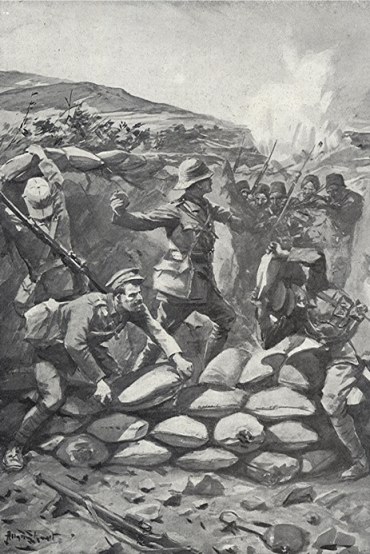
Impression of 2nd VC action of Lieutenant H James, with Lance Corporal Robert Reece.
Lieutenant James was awarded the VC at the age of 26. Herbert later achieved the rank of Major. He died in London on the 15th August 1958 and was buried at Kensal Green Cemetery.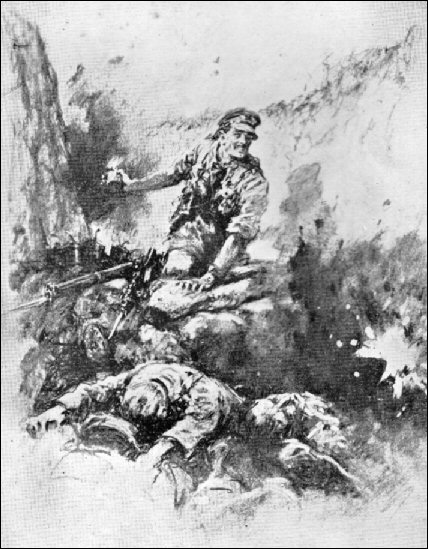
A dramatic drawing of him defending the sap in Gully Ravine is a painting by Gilbert Holiday which shows Lieutenant James with two rifles and a sack of “Jam Pot” bombs holding the trench single-handed. This painting was presented to the Regiment by the late Lieutenant J. M. P. Baird, (one of James’ Gallipoli contemporaries) and is owned by the Worcestershire Regiment Museum.
 His medals: Victoria Cross; Military Cross; 1914/15 Star; British War Medal; Victory Medal with Mentioned in Dispatches emblem; Coronation Medal GVI – 1937; Coronation Medal EIIR – 1953; French Croix de Guerre with palm; Panama Medal De La Solidaridad 1917.
His medals: Victoria Cross; Military Cross; 1914/15 Star; British War Medal; Victory Medal with Mentioned in Dispatches emblem; Coronation Medal GVI – 1937; Coronation Medal EIIR – 1953; French Croix de Guerre with palm; Panama Medal De La Solidaridad 1917.
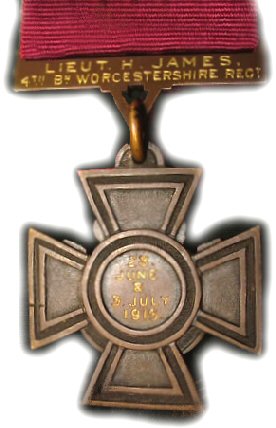
Reverse of his VC.
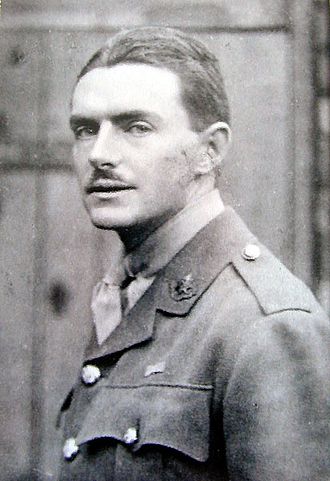
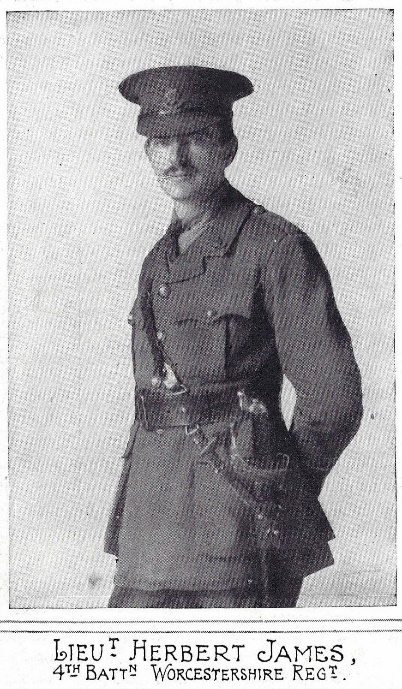
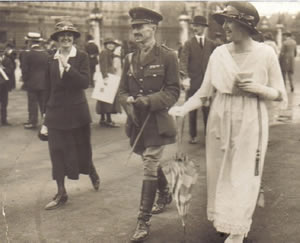 Some pictures of him and one with his 1st wife on the award of his VC.
Some pictures of him and one with his 1st wife on the award of his VC.
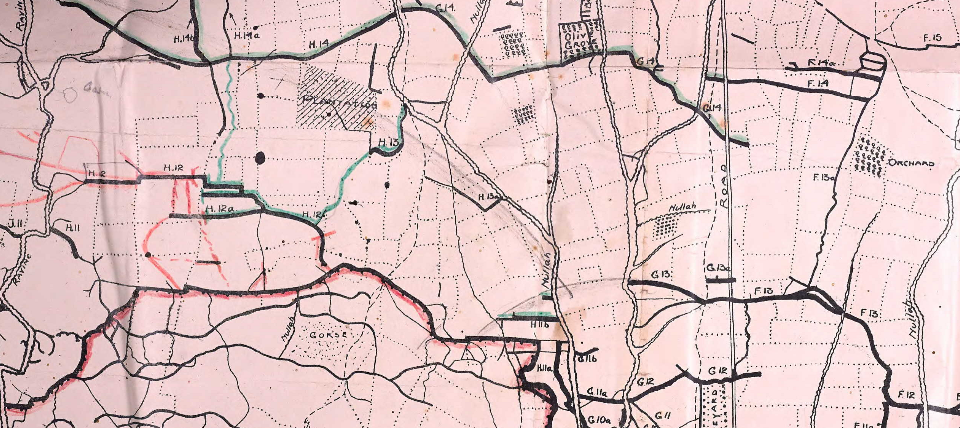
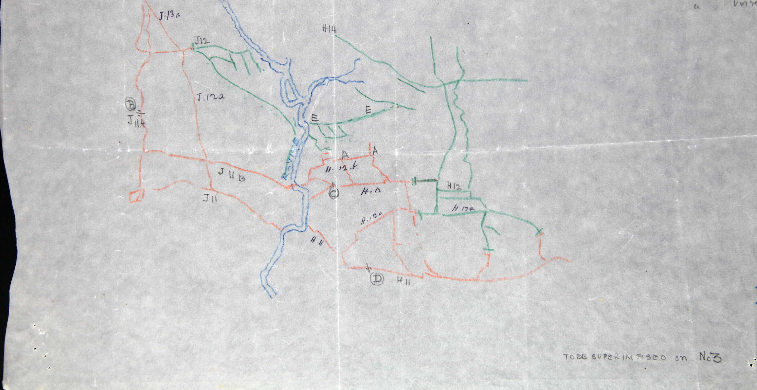
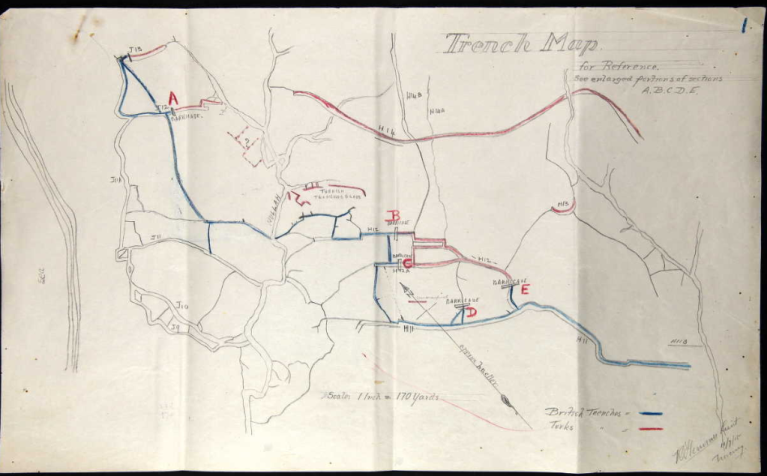
Various maps of the action that killed Lance Corporal Robert Reece.
In the book Soldiers Died in the Great War it records 12112 Lance Corporal Robert Reece of the 4th Battalion was born in Birmingham, resided in Liverpool and enlisted in Worcester. It also records he was killed in action in the ‘Balkan Theatre’ and had been awarded the DCM. His Medal Index Card lists him as 12112 Robert Reece shows he was awarded the 1914-15 Star (with the rank of Lance Corporal on it) and the British War and Victory Medals (with the rank of Private on them). The Theatre of War he first served in was 2b (Balkans) and he entered there on 25 April 1915. It records he was killed in action. Apart from a list of file numbers on the front, it has an entry under Correspondence on the back, stating the Officer Commanding the Records at Warwick forwarded a Nominal Roll of individuals entitled to the 1914-15 Star. The medal rolls confirm what was written on the card. An index card for his DCM includes his name, rank, service number, battalion and the London Gazette number. Robert was killed in action on 6 August 1915. A report stated ‘Regret attack has failed…’. He has no grave and is remembered on the Helles Memorial on Gallipoli. Name listed on Panel 104 to 113. In the Army Resister of Soldier’s Effects under record number 281910, registry number E/203590/1 for Robert Reece 4th battalion Worcester Regiment, 12112 Lance Corporal, was killed on 6 August 1915 at Gallipoli. Money was issued to his sister, May and brother, Henry for the sum of 16 pounds, 9 shillings and 6 pence each. A War Gratuity was issued to each of them in 1920 of 2 pounds 15 shillings. His name is also listed in British Red Cross & Order of St John Enquiry List, Wounded & Missing, 1914-1919, but to view it a subscription has to be bought and it is only a transcription.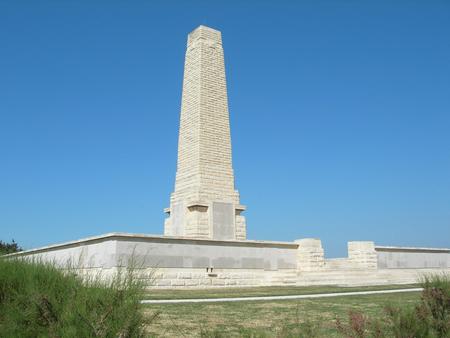 Helles Memorial
Helles Memorial
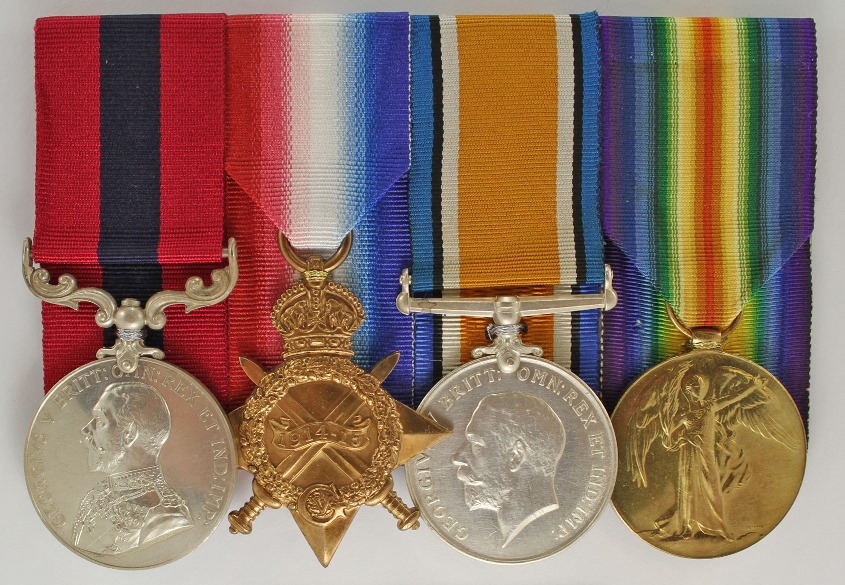 The DCM for Robert Reece only came up in an English auction some years after the Museum acquired Herbert James group. The trio with the DCM are unnamed (not name erased) medals.
The DCM for Robert Reece only came up in an English auction some years after the Museum acquired Herbert James group. The trio with the DCM are unnamed (not name erased) medals.
ANZAC Biographies
On our website you will find the biographical details of ANZAC (as well as British) servicemen & women whose medals or other memorabilia form part of the collection on display at the Maryborough Military & Colonial Museum, Maryborough, Queensland, Australia.